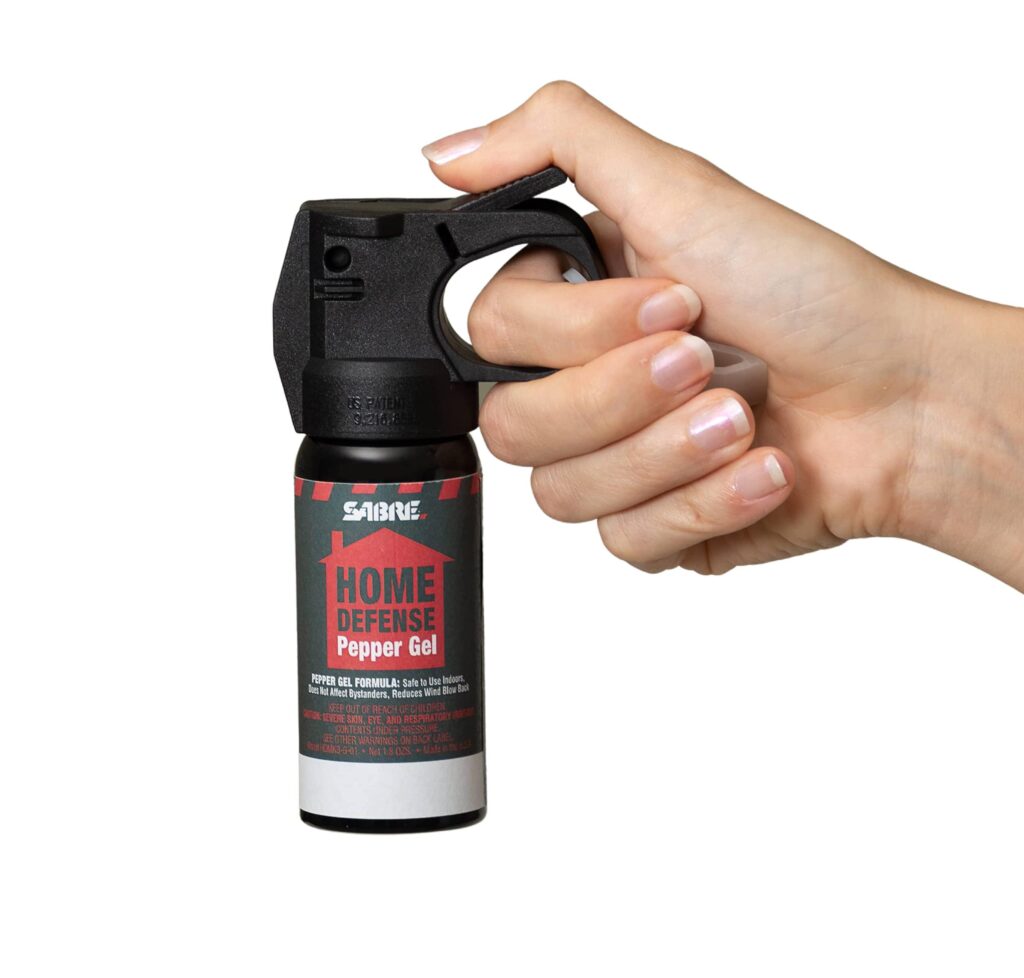Table of Contents
- Effectiveness of Pepper Spray in Multi-Threat Situations
- Factors Influencing Pepper Spray Performance Against Multiple Aggressors
- Tactical Use and Deployment Tips for Handling Several Threats
- Recommended Pepper Spray Formulations and Training for Enhanced Safety
- The Way Forward
Effectiveness of Pepper Spray in Multi-Threat Situations
When facing multiple assailants, the effectiveness of pepper spray can vary significantly, largely depending on the user’s readiness and situational awareness. While pepper spray is designed to incapacitate by causing intense eye irritation, coughing, and difficulty breathing, its impact diminishes if the attacker is wearing protective gear or if the spray disperses quickly in open areas. In scenarios with several threats, the challenge increases as the spray targets only one individual at a time, potentially leaving others free to advance. To maximize its utility, users must aim precisely and deploy the spray in short bursts, focusing on the faces of each aggressor in quick succession.
Key strategies to improve outcomes with pepper spray against multiple threats include:
- Aggressive situational awareness: Knowing your surroundings allows for better positioning and escape routes.
- Controlled Breathing: Maintaining calm helps to aim effectively and reduce spray waste.
- Strategic use of environment: Using obstacles can slow down assailants, giving more reaction time.
- Supplemental defenses: Combining pepper spray with other self-defense tools or movement techniques enhances survivability.
Ultimately, while pepper spray is a valuable deterrent and can incapacitate individuals swiftly, relying solely on it against multiple threats can reduce efficiency. Training and preparedness are essential to ensure the spray is deployed effectively in complex scenarios.
Factors Influencing Pepper Spray Performance Against Multiple Aggressors
When facing multiple aggressors, the efficiency of pepper spray hinges greatly on several key variables. Distance and aim precision remain paramount; deploying a well-aimed burst can incapacitate one attacker but may falter if spread too thinly or fired from too far away. Additionally, the type and concentration of capsaicin used in the spray greatly affect how quickly and intensely it impacts the targets. Sprays with higher Scoville Heat Units (SHU) deliver a more immediate and incapacitating effect, increasing the chances of controlling multiple assailants in quick succession.
Environmental factors also play a crucial role. Wind direction and strength can significantly alter spray trajectory, potentially blowing the irritant back toward the user or dispersing it ineffectively. Moreover, aggressors’ positioning – whether clustered tightly or spread out – influences the spray’s coverage. In scenarios involving multiple threats, success often depends on a blend of strategy and situational awareness, including:
- Agility: Quickly pivoting between targets to maximize spray deployment
- Surprise element: Catching attackers off-guard to enhance the spray’s impact
- Backup methods: Combining pepper spray with evasive maneuvers or loud alarms
Tactical Use and Deployment Tips for Handling Several Threats
When facing multiple threats, deploying pepper spray effectively requires a blend of situational awareness and quick decision-making. Prioritize your targets by assessing which attacker poses the most immediate danger, aiming the spray to create maximum disruption. Maintaining a safe distance is crucial – usually between 3 to 8 feet – to ensure the spray disperses accurately. Remember, aiming for the eyes is optimal to incapacitate quickly, but if the situation is too chaotic, directing the spray towards the face or chest of the most aggressive threat can buy you valuable seconds to escape.
Key tactical tips to enhance your defense:
- Keep your wrist firm and spray in controlled bursts to conserve your canister and maximize effect.
- Be aware of wind direction to avoid self-exposure, especially when multiple assailants surround you.
- Engage obstacles or barriers to funnel attackers into a narrower attack zone, allowing more precise use of the spray.
- Have an escape plan ready – pepper spray is a temporary deterrent, not a permanent fix.
Recommended Pepper Spray Formulations and Training for Enhanced Safety
When selecting a pepper spray formulation, opting for a higher concentration of Oleoresin Capsicum (OC) ensures maximum effectiveness in temporarily incapacitating multiple aggressors. Most law enforcement agencies recommend sprays containing between 10% to 15% OC content, combined with a stream or gel delivery system to minimize blowback and maximize accurate deployment. Additionally, sprays infused with UV dyes can be invaluable for later identification and prosecution. Users should always verify that their chosen formulation complies with local regulations to avoid legal complications.
However, even the most potent formulation is only as effective as the user’s proficiency. Structured training sessions, including hands-on practice and scenario-based drills, are essential to improve reaction time, aiming accuracy, and stress management in confrontational situations. Training should emphasize the importance of situational awareness, safe storage, and the ethical use of pepper spray. Combining superior formulations with regular practice not only boosts confidence but also significantly enhances overall safety in multi-threat environments.
- Choose OC concentration wisely-consider 10-15% for optimal effect.
- Opt for delivery systems like stream or gel for precision.
- Engage in regular training to build muscle memory and confidence.
- Incorporate scenario drills to prepare for real-world confrontations.
- Maintain compliance with all local laws and regulations.
The Way Forward
In conclusion, while pepper spray can be a highly effective tool for self-defense against multiple threats, its success largely depends on factors such as deployment technique, environmental conditions, and the user’s preparedness. It’s important to remember that pepper spray is just one part of a broader safety strategy, and combining it with situational awareness, avoidance tactics, and other defense options can significantly increase your chances of staying safe. As with any self-defense tool, proper training and understanding its limitations are key to maximizing its effectiveness. Stay informed, stay alert, and stay safe.Check Our Other Blogs
- StunGun – Your Trusted Source for Stun Guns, Laws, and Self-Defense Tips
- PepperSprayLaws – Your Trusted Resource for Pepper Spray Information
- StunGunLaws – Your Trusted Guide to Stun Gun Legality and Safety




